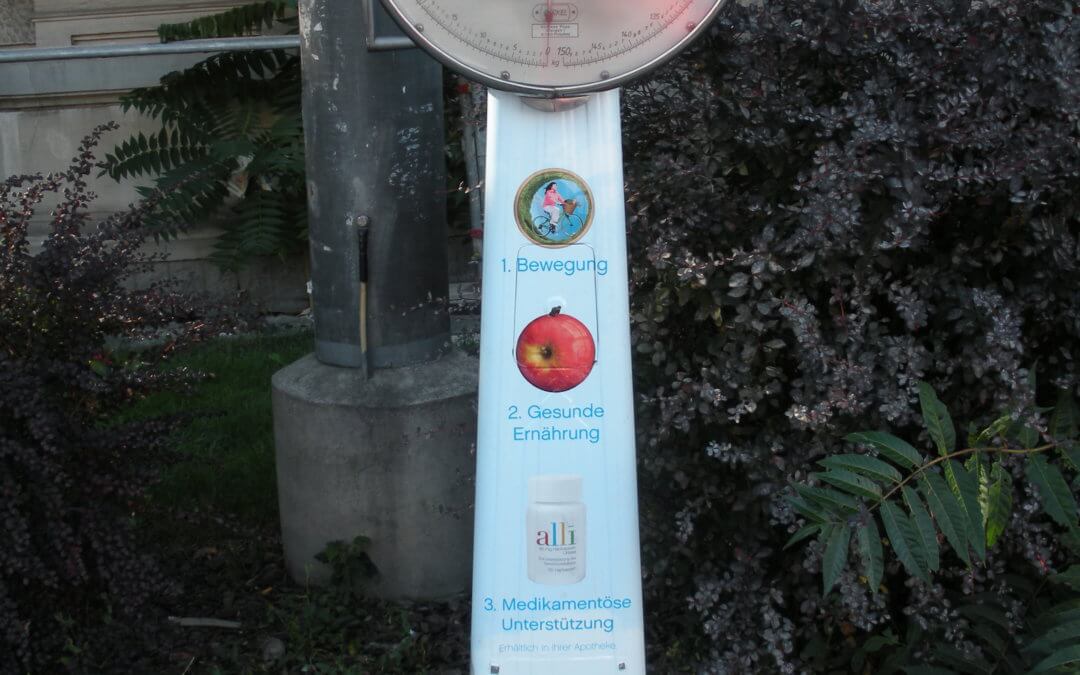 Up until very recently, I would have said absolutely, unequivocally, emphatically true.
Up until very recently, I would have said absolutely, unequivocally, emphatically true.
Except now, it absolutely, unequivocally, emphatically isn’t. At least for the time being.
Darn that pesky science. It changes.
Since becoming a dietitian, I have counseled hundreds of clients on weight loss, and consistently used the “3,500 calories equals one pound” that I learned when pursuing my nutrition degree. It’s one of many tools that I use, and a good, reliable one; with thousands of citations in the scientific literature and lay press to back it up, how could it not be?
Yet even with tailoring the nutrition education and approach to match individual needs, outcomes have varied – as have the genetic profiles, habits and histories of those clients. For clients who apply the education and information in an effort to change habits, weight loss occurs, though rarely consistently, and almost never in any sort of predictable pattern. There are times when the 3,500 calorie guideline doesn’t appear to match results, either upward or downward on the scale.
For clients who struggle to reach their goals by applying the education and information, more often than not the psychological workings of food and fitness tend to figure prominently, and when mixed with the physiologic complexity, the sheer amount of sustained effort required to reach a lower weight goal is huge. Not impossible. Just huge.
The mechanism of LONG-TERM, SUSTAINED weight loss (and body composition redistribution) is physiologically complex. Rarely is it as simple as calories in/calories out; although at the end of the day, that’s a pretty hard and fast guideline to start with. Many people have experienced the “eat less, move more” phenomenon, where upon reducing the amount of food eaten on a daily basis and increasing the amount of exercise, weight is lost, clothes fit better, and energy increases. It works.
Then, of course, there are any number of “canned” approaches to weight loss, complete with radical before and after photos, one-size-fits-all-do-eat/don’t-eat food lists and meal plans, rigorous powdered drink and supplement regimens to be followed, and meal timing guidelines and grueling workouts that most people are simply unable to maintain for the long haul. That works, too.
So given that seemingly most everything we do works on SOME level, why kick the poor, now erroneous “3,500 calories equals one pound of body weight guideline” to the curb?
A tiny bit of background. . . .
The September 1958 issue of The American Journal of Clinical Nutrition included a report by Max Wishnofsky, MD titled, “Caloric Equivalents of Gained or Lost Weight”. After analyzing the existing literature, Dr. Wishnofsky stated, “The conclusion can be drawn that 3,500 is the caloric value of one pound of body weight lost”. (1)
Dr. Wishnofsky came to his conclusion based on the limited body of weight loss and metabolic literature available in 1958, which didn’t come close to what we know now. Yet although we still know surprisingly little, it’s not the CONCEPT that’s inaccurate, it’s the exact NUMBER that’s problematic. Fairly accurate methods of determining predicted weight loss do exist (here are some simplified formulas; www.pbrc.edu/the-research/tools/weight-loss-predictor and http://bwsimulator.niddk.nih.gov), yet these methods involve thermodynamics, mathematics, physics and chemistry (2) – complexity that dissuades us from hanging exact weight loss outcomes as we have for years, on simply one little number. Looking at it another way, 3,500 is no longer a reliable objective measure.
As for explaining some of that physiologic complexity? Here are a few examples. When you consider that weight loss over time is difficult to measure in a well-controlled metabolic ward (where subjects’ diets are monitored carefully, and blood, urine, and fecal samples are collected – the ONLY way to accurately measure energy balance), or that carbs, protein and fat caloric equivalents don’t accurately reflect the calories produced by INDIVIDUALS from these macronutrients (gut flora, for instance, is an influencing factor on caloric burn), and that exercise can produce wide variations in body weight response among individuals (yes, some people actually GAIN weight with exercise), it’s easy to see how there is more to predicting weight loss than initially thought. (3)
Stay tuned, as the quest for the ultimate answer to our nation’s obesity epidemic continues. In the meantime, I’m no longer using the 3,500 guideline, rather I’ll continue to work individually to apply sustainable practices to nutrition and fitness habits, lifestyles, work and travel schedules, and to educate on the foundations of nutritional and psychological knowledge that I know are solid.
Like these: Eat REAL food. Listen to your body’s hunger/fullness signals. Take a walk.
Sources:
- The American Journal of Clinical Nutrition. http://ajcn.nutrition.org/content/6/5/542.full.pdf+html
- Journal of the Academy of Nutrition and Dietetics. http://www.andjrnl.org/article/S2212-2672(14)00111-7/pdf
- Today’s Dietitian. http://www.todaysdietitian.com/news/exclusive0612.shtml

